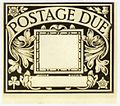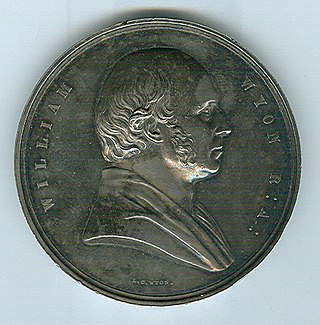
William Wyon, was official chief engraver at the Royal Mint from 1828 until his death.

Postage stamps and postal history of Great Britain surveys postal history from the United Kingdom and the postage stamps issued by that country and its various historical territories until the present day.

The Edward VIII postage stamps are a definitive stamp series issued in the United Kingdom during the 20 January – 10 December 1936 reign of King Edward VIII.
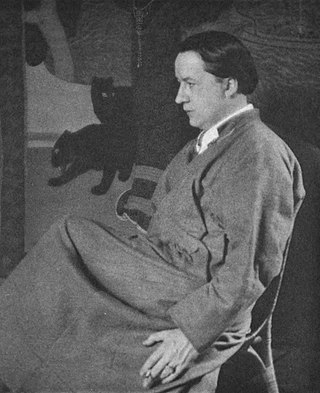
Edmund Dulac was a French-British naturalised magazine illustrator, book illustrator and stamp designer. Born in Toulouse, he studied law but later turned to the study of art at the École des Beaux-Arts. He moved to London early in the 20th century and in 1905 received his first commission to illustrate the novels of the Brontë Sisters. During World War I, Dulac produced relief books. After the war, the deluxe children's book market shrank, and he then turned to magazine illustrations among other ventures. He designed banknotes during World War II and postage stamps, most notably those that heralded the beginning of Queen Elizabeth II's reign.

Harold Edward Hughes Nelson was an artist, illustrator, designer of bookplates, advertisements and postage stamps, copper etcher and engraver, and lecturer. He signed his works with the initials N. or H.N.

Edmund Blampied was one of the most eminent artists to come from the Channel Islands, yet he received no formal training in art until he was 15 years old. He was noted mostly for his etchings and drypoints published at the height of the print boom in the 1920s during the etching revival, but was also a lithographer, caricaturist, cartoonist, book illustrator and artist in oils, watercolours, silhouettes and bronze.

The postage stamps of Ireland are issued by the postal operator of the independent Irish state. Ireland was part of the United Kingdom of Great Britain and Ireland when the world's first postage stamps were issued in 1840. These stamps, and all subsequent British issues, were used in Ireland until the new Irish Government assumed power in 1922. Beginning on 17 February 1922, existing British stamps were overprinted with Irish text to provide some definitives until separate Irish issues became available. Following the overprints, a regular series of definitive stamps was produced by the new Department of Posts and Telegraphs, using domestic designs. These definitives were issued on 6 December 1922; the first was a 2d stamp, depicting a map of Ireland. Since then new images, and additional values as needed, have produced nine definitive series of different designs.

An Ex Libris from ex-librīs, also known as a bookplate, is a printed or decorative label pasted into a book, often on the front endpaper, to indicate ownership. Simple typographical bookplates are termed "book labels".

The Royal Society of Painter-Printmakers (RE), known until 1991 as the Royal Society of Painter-Etchers and Engravers, is a leading art institution based in London, England. The Royal Society of Painter-Etchers, as it was originally styled, was a society of etchers established in London in 1880 and given a Royal Charter in 1888. Engraving was included within the scope of the Society from 1897, wood-engraving from 1920, coloured original prints from 1957, lithography from 1987 and all forms of creative forward-thinking original printmaking from 1990.
Mark Fernand Severin was a Belgian illustrator, engraver, and graphic artist, best known for designing bookplates.

The postal history of Turkey and its predecessor state, the Ottoman Empire, dates to the 18th century when foreign countries maintained courier services through their consular offices in the Empire. Although delayed in the development of its own postal service, in 1863 the Ottoman Empire became the second independent country in Asia to issue adhesive postage stamps, and in 1875, it became a founding member of the General Postal Union, soon to become the Universal Postal Union. The Ottoman Empire became the Republic of Turkey in 1923, and in the following years, its postal service became more modernized and efficient and its postage stamps expertly designed and manufactured.
Admirals are a series of definitive stamps issued by three countries of the British Commonwealth that show King George V of Great Britain and the British Dominions. The stamps are referred to as the Admirals because King George is depicted in his Admiral of the Fleet uniform. The stamps were issued by Canada in 1911–1928, New Zealand in 1926, and Rhodesia in 1913–24.
John Easton was a printer and philatelic author who signed the Roll of Distinguished Philatelists in 1960.

This is a survey of the postage stamps and postal history of Cape of Good Hope.

'Seahorses' is the name used to refer to the United Kingdom high value definitive postage stamps issued during the reign of King George V.
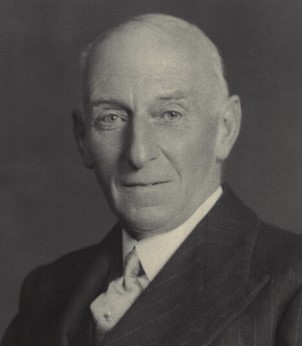
Henry John Fanshawe Badeley, 1st Baron Badeley, KCB, CBE, known as Sir Henry Badeley between 1935 and 1949, was a British civil servant and engraver. He was Clerk of the Parliaments from 1934 to 1949.

John Augustus Charles Harrison was a noted British stamp engraver whose work included the British Seahorse stamps of 1913.
Brian North Lee FSA, was a former teacher, Fellow of the Society of Antiquaries of London since 1978 and expert on bookplates, or "ex-libris" as he preferred to call them. He was a prolific author on the last, and one of the co-founders in 1972 of The Bookplate Society. He was of the Christian faith, worked in Ghana for several years and kept contact with the country, and in later life worked as a volunteer for the Terrance Higgins Trust. Lee never married.

Charles William Sherborn, was an English engraver, who chiefly made bookplates. He has been hailed as having led the revival in copper-engraved bookplates, and came to be called the "Victorian little master".
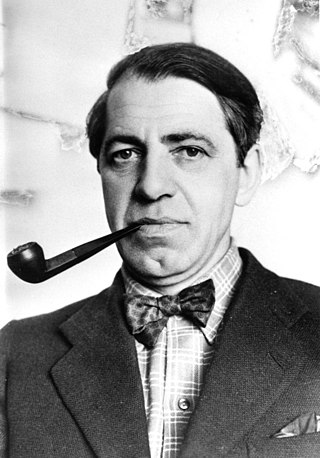
Stephen Frederick Gooden CBE, RA, RE was an English artist, engraver, illustrator and designer of banknotes. He was elected a Fellow of the Royal Society of Painter-Etchers and Engravers in 1933 and a Fellow of the Royal Academy in 1946. He was created a Commander of the British Empire in the 1942 Birthday Honours.








